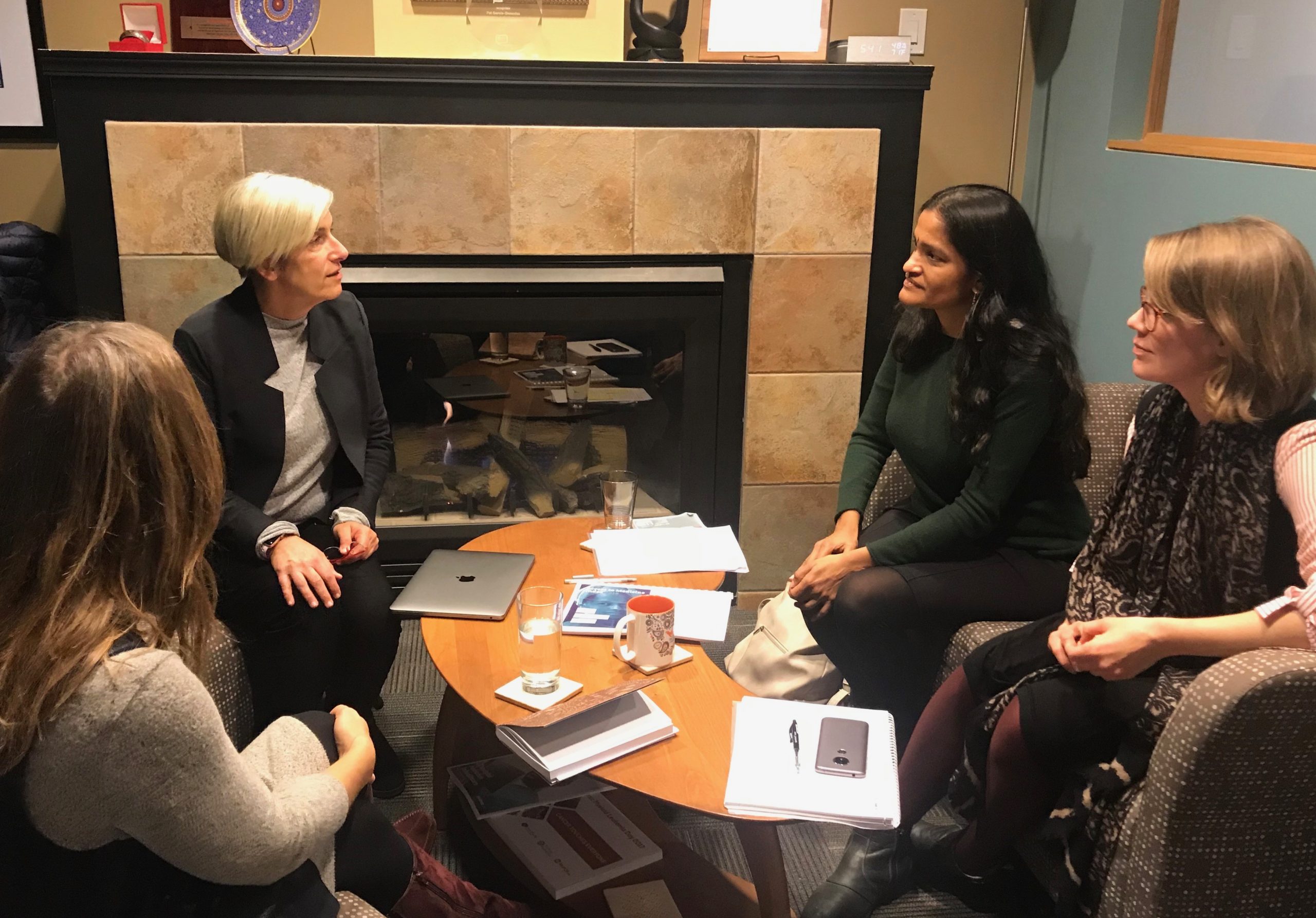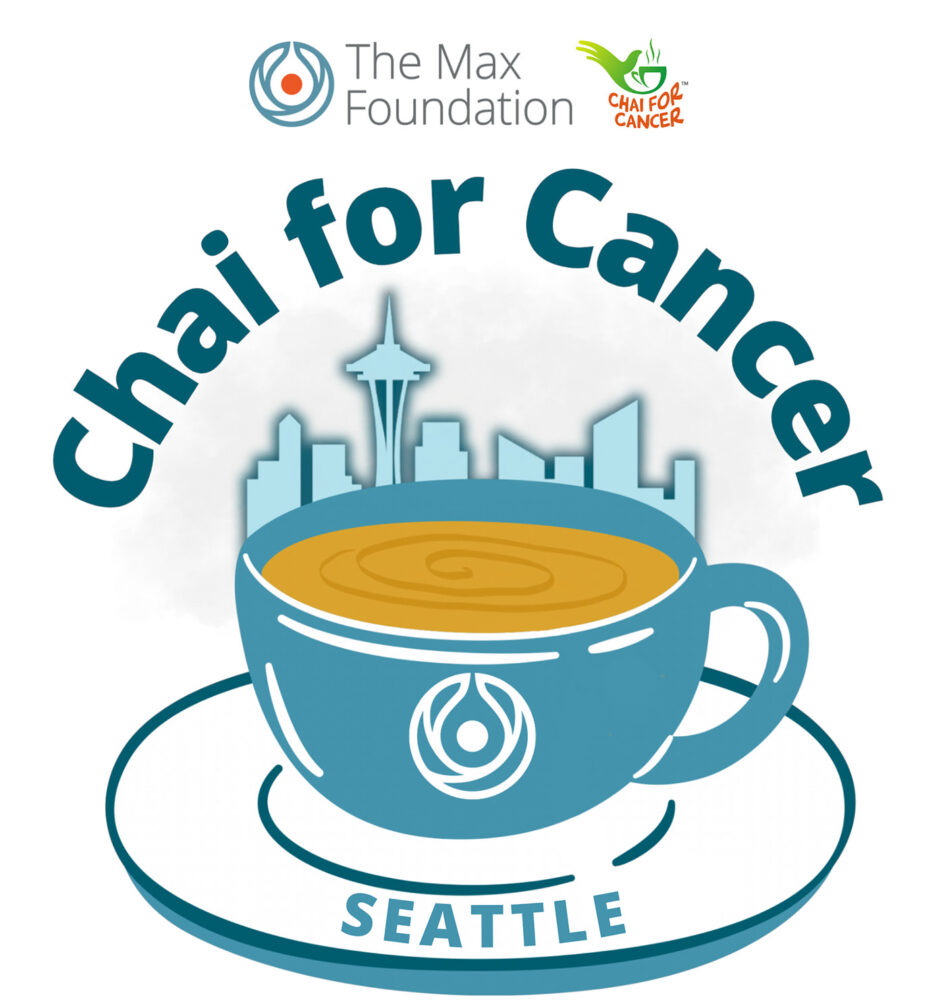We were recently paid a visit by friend and fellow access advocate Dr. Jayasree Iyer, Executive Director of the Access to Medicine Foundation (ATMF). Dr. Iyer and her colleague Anna Massey met with The Max Foundation’s leadership to discuss the treatment access landscape and update one another on projects, initiatives, and the road ahead. Following the meeting, Dr. Iyer was generous enough to answer a few questions about the Access to Medicine Index, emerging trends in treatment access, and the role of collaborative access initiatives in treating chronic diseases.
I. What inspired the Access to Medicine Index, and what keeps you motivated?
The Access to Medicine Index (ATMI) was founded by Mr. Wim Leereveld, whose vision was that pharmaceutical companies could be incentivized through a ranking on how companies ensure access to medicine for populations living in low- and middle-income countries (LMICs). Companies could use their natural competitive nature towards a goal that can influence billions around the world.
I joined the Access to Medicine Foundation in 2013, and took over the reins from Wim (who has since retired) in 2015. During my time leading the Foundation, we have built an in-house research team, strengthened our engagement activities with governments, investors, global health stakeholders, and companies, to ensure that expectations are being met and best practices are being diffused.
I am personally motivated by the fact that the countries most affected by the lack of access to medicine are home to 77% of the world’s population, and that every company, with their unique portfolio, expertise, and networks, can offer a lot to bring better access to treatment to patients. I believe that part of the solution lies in the pharmaceutical companies and leadership of individuals within them and this tool (the Index) helps uncover leaders and possible impactful solutions.
II. Since the launch of the Index, what progress have you seen? Any changes or emerging trends in how pharma companies approach access?
There has been an increase in the recognition of what access to medicine means among the companies, but also among other stakeholders (including investors and governments). This has also led to more awareness on possible solutions. In fact, we will be bringing forward a study soon to exactly answer this question.
As for key trends that have emerged… we’ve seen an internal transformation within some companies in terms of increased buy-in for access initiatives, and more CEOs speaking about them. Some of their targets are now linked to performance on access in LMICs. Recently there have been more public commitments made by several companies towards global health goals, seen in neglected tropical diseases (London Declaration on NTDs), in maternal health (Every Woman Every Child commitment framework) and in combating antimicrobial resistance (Davos Declaration for AMR). In many of these cases, we have tracked and shown that action follows commitment.
Recently we have also observed the presence of several leading companies in discussions at the global level on sustainable development goals (SDGs), on universal health coverage (UHC), and on addressing non-communicable diseases (NCDs). An important area that companies are working on is measuring the impact of access initiatives on health outcomes.
III. What led you to add oncology to the ATMI? And what’s your biggest takeaway since doing so?
In the past couple of years, there has been more of a call for action on non-communicable diseases (including cancer), as these diseases have – for a variety of reasons – increased in priority in low- and middle-income countries. We added oncology to our scope in the last Index for two reasons: (1) to match with stakeholder expectation on the growing role for the industry in addressing cancer care, and (2) to align with the inclusion of many cancer treatments as part of the World Health Organization’s Essential Medicines list and the Cancer Resolution made at the World Health Assembly; both of which echo the growing prioritization of cancer care in low- and middle-income countries.
The biggest takeaway for us in our research is that many companies are working on access to cancer care – in capacity-building and in innovation, for example – but the breadth of access initiatives is focused mainly on pricing and on small populations. We need to find new ways to ensure more sustained access to cancer treatments. The industry, governments, and implementing non-government organizations, all need to work together on this.
IV. How can access initiatives that span multiple pharmaceutical companies ensure their efforts are properly reported and recognized?
We do credit collaborations, including when several companies act together on access, and we have seen more of these collaborative initiatives in recent years. I think that there needs to be better visibility as to why multiple companies are needed to the overall access solution. This is critical for chronic diseases for example, where the entire continuum of care from screening, to early detection, to treatment, and palliative care, is all needed. We have reported on this in some of our research insights.
It takes a village to solve the access challenge, and we need to identify the role of different stakeholders, engage them, and ensure that their interventions are sustainable.
V. How did you first learn about The Max Foundation? And what interests you most about our model/approach?
When we were looking at key organizations that were working on access issues in low- and middle-income countries for cancer care, we found The Max Foundation as a natural partner for many pharmaceutical companies. What interests us most about the work that you do is the fact that you engage on both basic essential and innovative medicines for oncology, and work directly with physicians on what they need to ensure access, how they can ensure better treatment and care for patients, so that the entire patient journey is managed better. The dedication and depth of the knowledge of the staff working on the access initiatives, the ability to run long term access to products like Gleevec, and the interest in motivating better access to the whole continuum of care (medicines, diagnostics, improved guidelines, etc.) is what impresses us.
VI. Do you see our work as being aligned? If so, how?
Our work is aligned in that both our organizations want to see better access to cancer care for people living in low- and middle-income countries. We incentivize companies to do more in ensuring access to their products via the Index and our engagement activities, and we hope that through our efforts, more companies are motivated to work with The Max Foundation and others on ensuring access to cancer care.
VII. What would you like to see happen next in access to medicine?
The vision of a pharmaceutical company executive is – or at least, should be– to ensure that everyone that needs treatment one day has access to it. The pharmaceutical industry must challenge themselves to keep reaching more people with their products and expertise, including underserved and hard-to-reach patients in order for the scale of the access challenge to be addressed. Without losing their profitability, companies can certainly make a stronger social and health impact.
I hope that when products are being developed by the pharmaceutical industry, each company and their partners will think hard about ensuring access to these products for underserved populations upon launch. There is so much to be done to address the needs of the 77% of the world population that lives in the 106 countries covered by the Index. More sustainable access to key treatments is important in cancer care.


